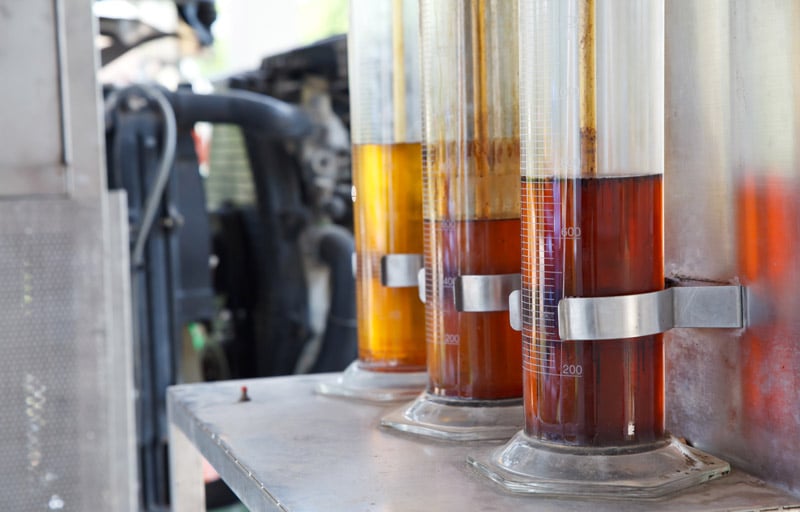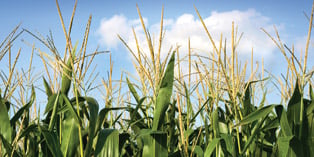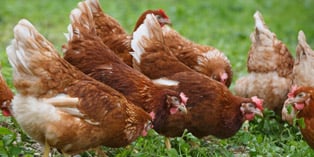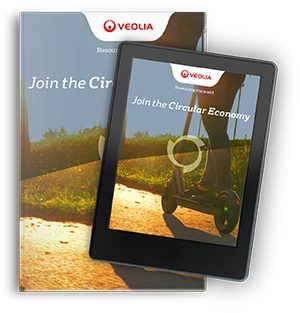Circular Supplies is a type of circular economy business model that deals with renewable, recyclable, or biodegradable resource inputs.
Building a circular economy means changing the way companies do business. It requires developing new, more efficient, and more profitable uses of waste and sources for industrial inputs that reduce our reliance on new, virgin natural resources. The overarching purpose of developing a circular economy is to allow all types of businesses to reduce, reuse, and recycle waste.
More than just decreasing the amount of trash in landfills and encouraging the recycling of paper and plastic, the models we’re discussing in this blog series are designed to turn all the waste that companies and individuals produce into a valuable, productive resource to be used again.
The finite resources dilemma
Starting from the premise that there would always be new resources to extract or cultivate, the business models of the past have been built around the concept that has been dubbed “take, make, waste.” The overconfidence caused by constant availability of new resources and the idea that we could manipulate nature continuously to meet our needs has led to resource depletion, large amounts of waste, and discarding existing goods or resources before their total value has been exhausted.
The question is, are there other ways of organizing businesses and economies that take into account the idea that earth’s resources are finite and are both profitable and sustainable? Simply, yes. There are multiple viable alternatives, and in this blog, we focus on the Circular Supplies model.
The Circular Supplies business model
The Circular Supplies business model is defined as fully renewable, recyclable, or biodegradable resource inputs that serve as feedstock, or raw materials, for a different production process. The overall goal of this business model is to lessen an organization’s dependence on new resources. This approach is especially important for companies that depend on scarce resources or commodities.

The Circular Supplies business model works by eliminating materials that are derived from virgin resources and replacing them with bio-based, renewable or recovered materials. This approach both reduces the use of new resources and allows the full value of existing resources to be extracted instead of discarded. In non-circular models, waste from one production process is thrown away, taking any residual value with it, but with the circular supplies model, it is used again, and that value is being better leveraged.
Why businesses should care about the Circular Supplies model
The driving force behind the Circular Supplies business model is to lessen our dependence on new resources. This model allows businesses to reduce their negative impact on the environment and operate on a more sustainable basis. In doing so, businesses can align themselves better with consumers who are demanding cleaner technology and less pollution and who are willing to pay for more expensive green, environmentally friendlier products.
Reducing their impact on the environment by using fewer resources is especially powerful for companies with a large environmental footprint or those dealing with scarce or depleted feedstock. As resources dwindle and become more expensive, adopting a Circular Supplies model will help these companies remain viable.
Examples of the Circular Supplies model
There are a number of examples of the Circular Supplies model in the real world. Any business that uses the residual outputs from one production process (whether their own or another company’s) as feedstock for another process is operating on a circular basis.

Using waste as renewable fuel
Processes have been developed that convert agricultural residue or waste like baled corn cobs, husks, leaves, and stalks into cellulosic bio-ethanol fuel to be used in other industrial production processes.

Creating electricity with chicken droppings
In order to fight the pollution and extract value from chicken waste, a number of facilities have been set up to convert poultry droppings to electrical energy by using this waste to power turbine boilers.
The Circular Supplies model just requires that recycled or renewed resources or goods are the inputs for future production processes. With this approach, the results are minimizing waste, using resources to the fullest, and reducing overall production costs.
Processes have been developed that convert agricultural residue or waste like baled corn cobs, husks, leaves, and stalks into cellulosic bio-ethanol fuel to be used in other industrial production processes.
Shift to a Circular Supplies Model
The benefits of adopting a Circular Supplies model are many. Recycled inputs are often less expensive than new ones, which can decrease a company’s overall costs. In addition, by reducing their environmental impact, organizations can leverage a “going green” reputation, which is increasingly important among consumers.
Although implementation looks different for every business, making the switch to a circular business model and taking advantage of the benefits is an attainable goal for any organization. It’s important to remember that you can take steps to become more circular without adopting a completely circular model.



